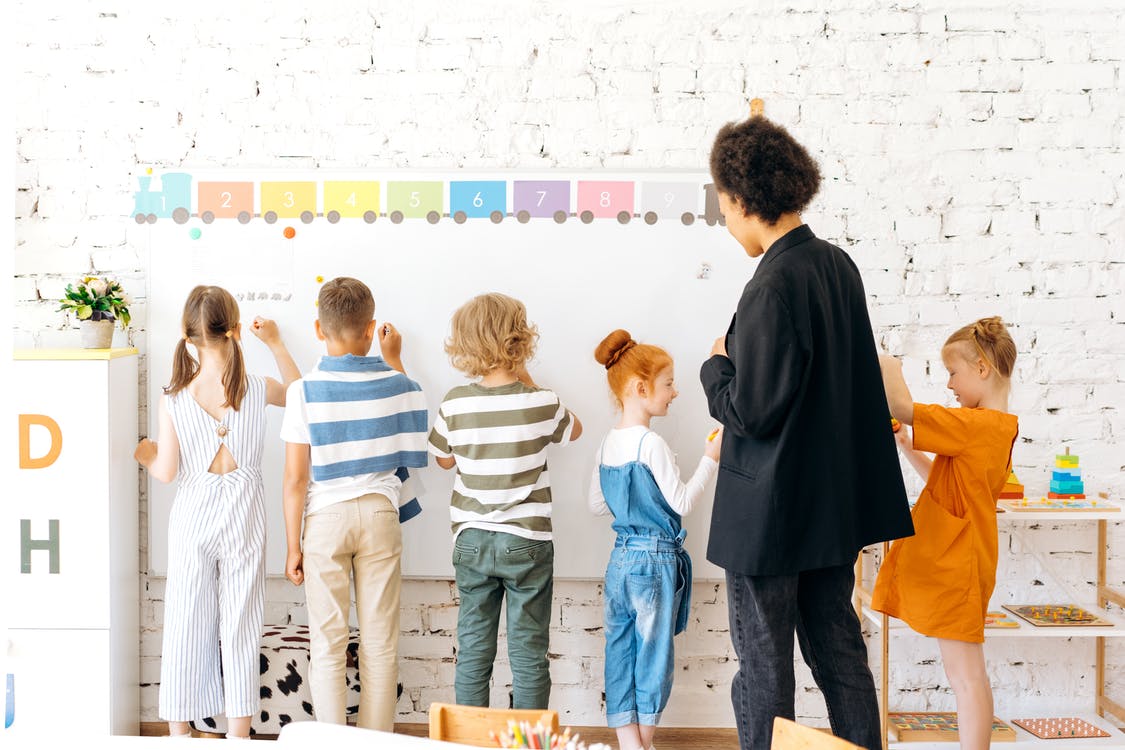The education system changes constantly. It never stays in one place because of new technologies and innovative learning techniques that move it forward. The two most important questions that have always been around are:
- What must-have skills should educators teach students?
- What are the ways of improving learning standards in education?
For years, we have been striving to develop an education system that would create bright and creative minds to adapt to upcoming changes and make innovations. However, we fail to understand that a high-quality education is all about outcomes. An outcome refers to the culminating demonstration of the learning process. It happens once the academic program is complete. It is a result of learning that is a visible demonstration of three major things — knowledge, competence, and orientations. These three are the most crucial factors determining an education system’s quality. So, how can we improve the learning standards of education? Let’s find out. Here are a few proven ways educators and policymakers must take into account to ensure the implementation of a multistep, multilayer process to improve outcomes for students.
Raise standards for teachers
Teachers’ effective professional development is a primary requirement for securing effective teaching. According to some studies, whether a teacher provides primary education or conducts classes for online MA in educational psychology, underqualified teachers are tied to poor outcomes. The professional development of teachers can be a crucial driver in recruitment, staff development, retention, school improvement, and student well-being. Also, it is one of the most straightforward areas in which policymakers can have an impact. They must raise standards in all those areas where student outcomes are lowest.
Improved teaching methods
While raising teachers’ standards is essential, employing technology-based performance demonstration of academic learning is also necessary. This can be done with the help of podcasts, video lectures, slide presentations, etc. All of these advanced teaching methods innovate and enrich students’ learning experiences. Moreover, technology-aided assessments and teaching methods enable educational institutions to map with targeted outcomes. Integrating the right technology in teaching methods allows faculty and students to work together as partners and help them achieve a precise and visible goal.
Cooperative learning
When students acquire knowledge outside of traditional learning methods, they learn more. For instance, working together on various project teams with the guidance of qualified teachers help students better understand the skills relating to managing emotions, collaborating, and resolving conflicts in groups. In this learning method, every team member takes responsibility to learn the subject matter while helping other teammates learn. Moreover, cooperative learning helps develop emotional and social skills and provides a valuable foundation for students’ lives as family members, workers, and citizens.
Analytical learning
What is most commonly missing in today’s educational system is the implementation of analytical thinking, i.e., thinking about previously taught skills. In other words, traditional academic programs need to move from one learned skill or lesson to another. It means students should have the opportunity to link their understanding or link previously studied things with new ones. Students should be given ample time and taught different ways to connect previous knowledge and experience with the information acquired in new lessons. Thus, the integration of analytical learning mechanisms is crucial. It helps students develop the ability to evaluate problems effectively by performing critical thinking.
Address and acknowledge overcrowding
Overcrowding in schools is not a new issue. According to National Center for Education, almost 14% of schools in the US exceed capacity. It is a big problem and disproportionately affects minority and low-income students. When classrooms are overcrowded, learning is less effective. What’s more, teachers in these educational institutes often complain about lack of resources or that the institute is in less than ideal condition.
It is because students don’t get the required personalization or attention, teachers are spread thin, and both students and teachers feel stress. Thus, policymakers must avoid this issue by drafting master plans that do not tolerate overcrowding at any cost. Implementing these laws should be consistent. A dedicated task force of lawmakers must keep a check on overcrowding issues.
Conclusion
Even though improvement in the learning mechanism has been a long debate, we cannot neglect that it plays a critical role in education. The above-discussed are some of the many ways to strengthen learning standards in education. In order to improve students’ learning outcomes, various steps and interventions are necessary to fully support the idea and ensure robust systems, monitoring what students are learning and what is the learning standard of education.



Thanks. This is concise and thoroughly enumerated.
LikeLike